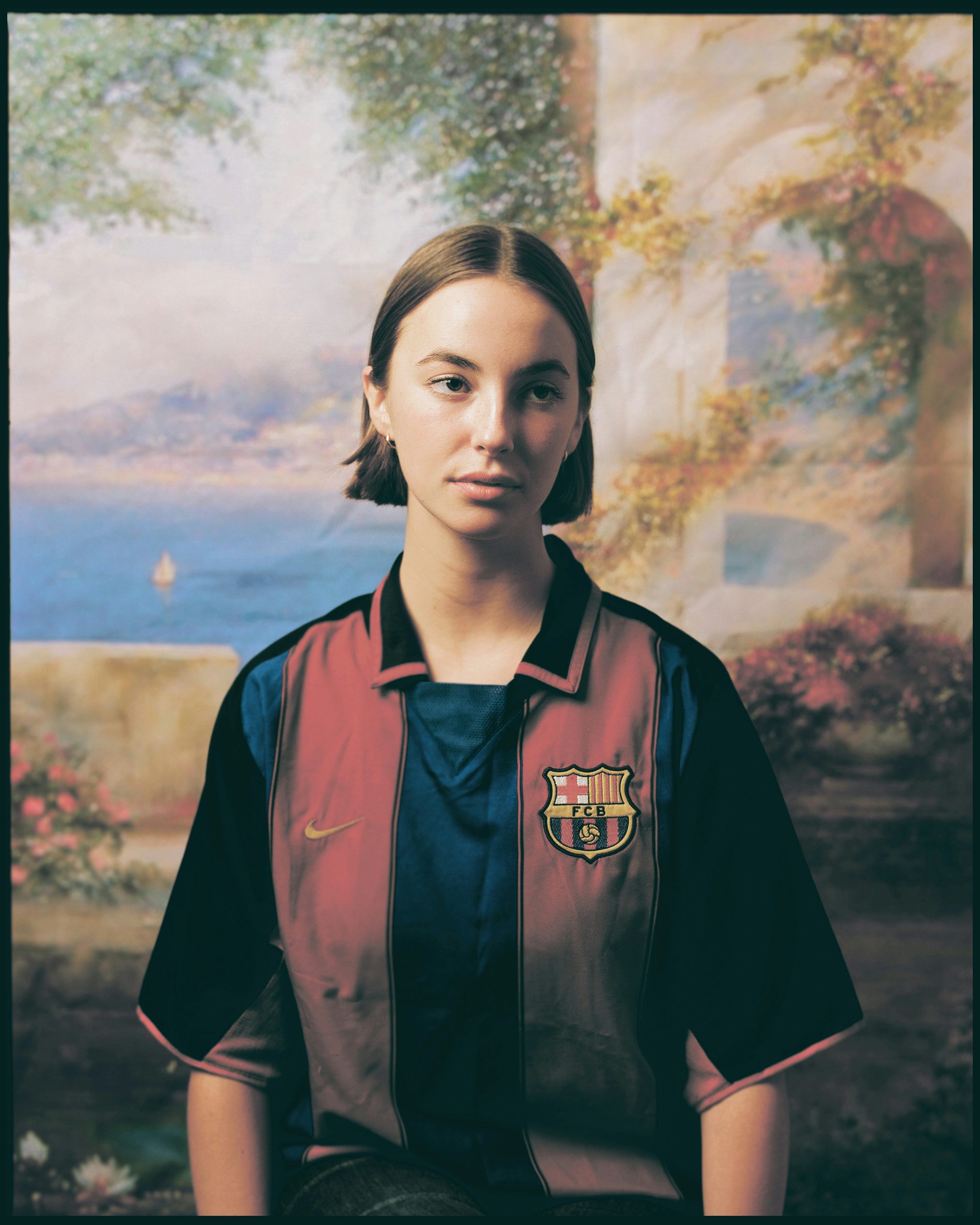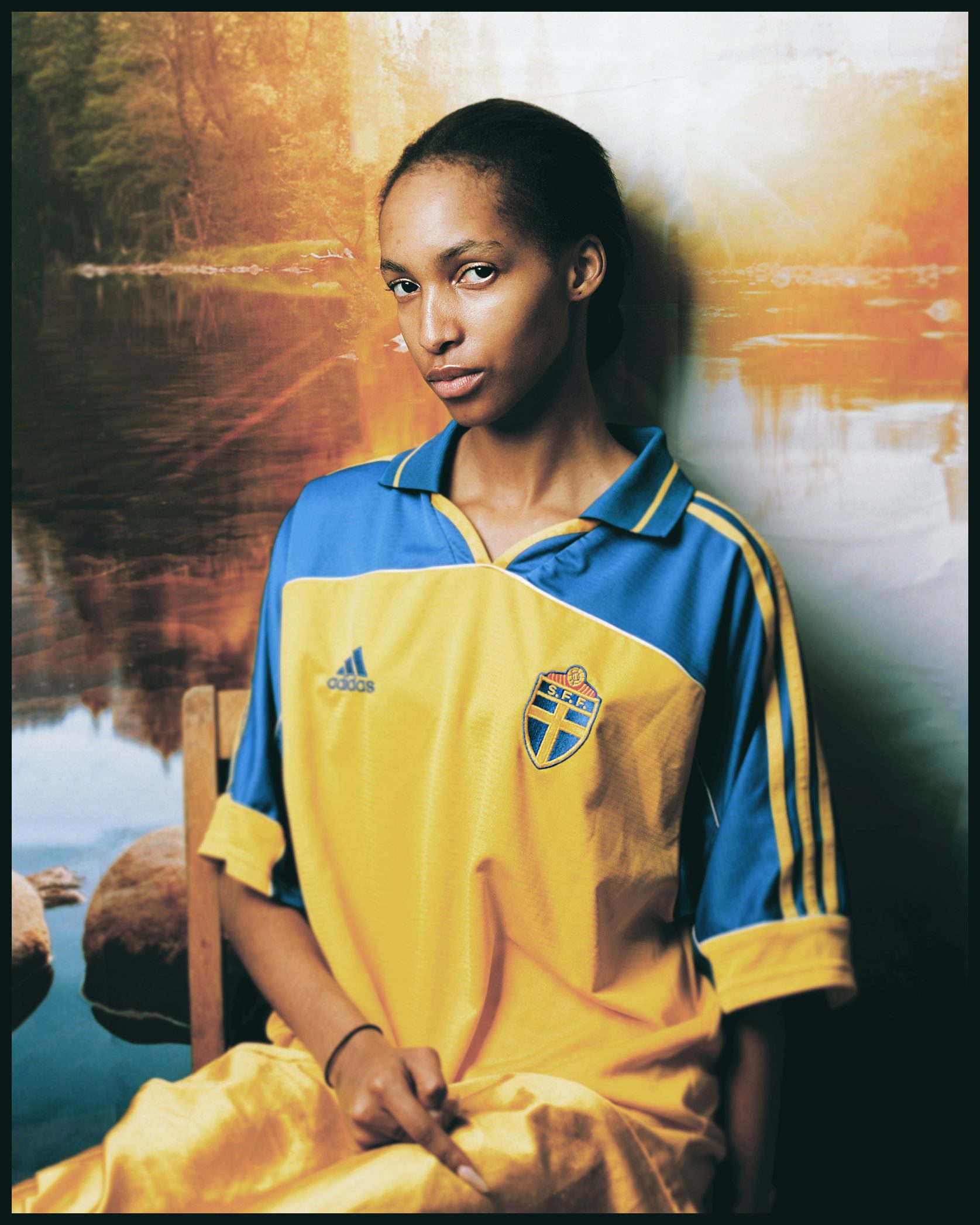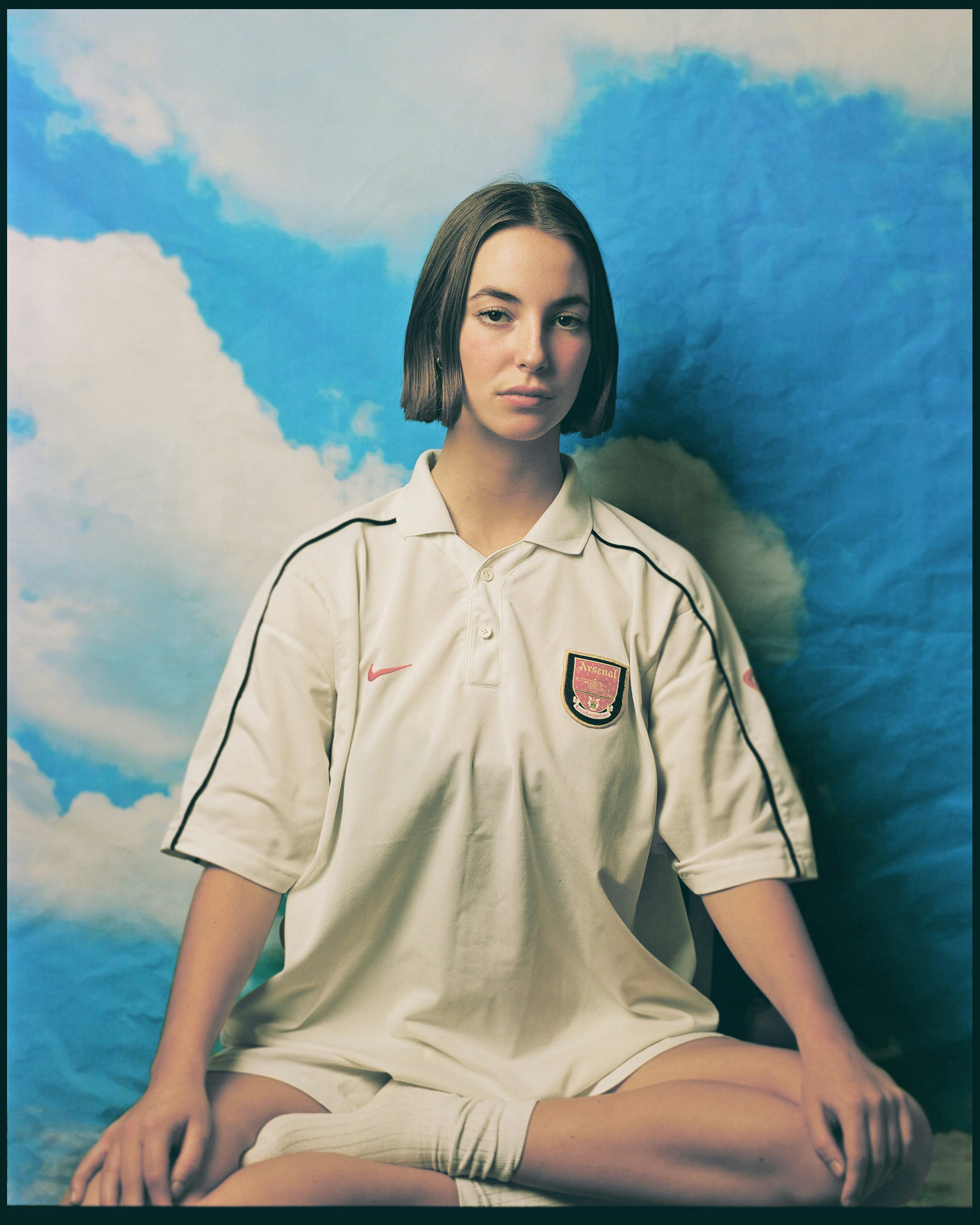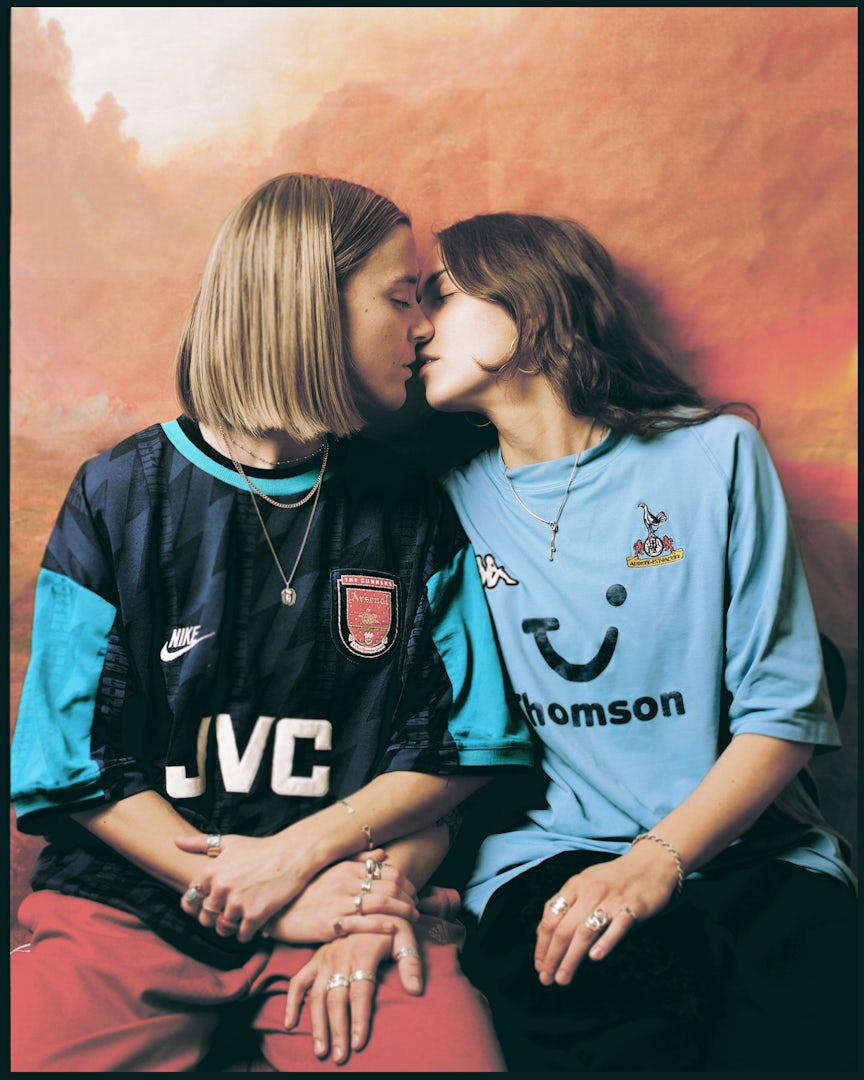Exposure: Lou Bever
Combining his love of fine art and football, the success of Lou Bever’s Flat 92 project has led to a career in photography, and commercial projects for brands including Puma and Uniqlo
Picasso’s 1946 Femme Debout, Nicolae Tonitza’s 1900s Head of Girl, and Vincent Van Gogh’s 1888 Portrait of a Young Girl are just some of the paintings that inspire Lou Bever’s ongoing project Flat 92. The body of work — all shot from his flat in Dalston, London — is a homage to his favourite things: football and fine art.
He starts with a painting or a vintage football shirt and then carefully constructs a new image in collaboration with friends or street cast models. The work is simple, poetic and playful; Bever often pairs rival clubs together, toying with fans’ emotions. His romantic visual language offers a stark contrast to the raw authenticity that is currently trending in photography.
Bever grew up in Germany but also lived in Italy, Northern Ireland, France, as well as a short stint in Dorset before he turned 18 due to his father’s career in the army. “I’m no nepo baby,” Bever says, laughing. “I come from three generations of army service; when it comes to creativity, there’s no connection.”



Photography and football served Bever through his nomadic upbringing. His grandpa gave him his Pentax K1000 when he was ten, and he spent hours making portraits of his friends. Similarly, football became a tactic to make friends every time he moved to a new place. “No matter where I lived, everyone played football. Even if I didn’t speak the local language, we could connect by kicking a ball around.”
Bever comes from a football family; his mum supports Arsenal, and his dad is a diehard fan of City. Growing up, he watched Match of the Day if he wasn’t playing football. Shirts and memorabilia became a love language between him and his dad, and Bever remains an avid collector.
“When my dad went away, he would always bring back a local football shirt,” Bever tells me. “I’d get them for my birthday, and the obsession began there. I’ve been seriously collecting since I was 16 and now have over 250. Hunting them down is part of the thrill. I’m constantly scouring Facebook Marketplace, Gumtree, Depop, vintage and charity shops. It’s almost part of my daily routine. My rule is I never spend more than £35 on a shirt. I’m that annoying person that hunts for a shirt determined to find it for 20 quid even though it’s worth over £100.”
When he’s not hunting down shirts or photographing them, Bever takes on commercial projects. Over the last three years, he’s collaborated with Napapijri, Puma, Uniqlo, Ralph Lauren, Gant and Kickers, making work that sits at the intersection of fashion, sport and lifestyle. While Bever enjoys the collaborations born from commercial work, he will only take on specific projects.
“I’ve been fortunate to have been given the opportunities I’ve had,” he says. “The compromises in commercial work can be challenging to manage. Brands and agencies have asked me endless times to replicate the Flat 92 work, but I’d never take a penny for this project because the moment you start commercialising something, you lose passion for it, and people expect you to change your approach and I don’t want to do that.



“I get a lot of requests from influencers who wish me to make portraits of them for the project, and I ignore those requests too. Making Flat 92 is a bit of a game. I spend all my time matching a person to a shirt and to a painting or vice versa. I can’t stop doing it. It’s honestly just really good fun!”
Bever’s pragmatism is refreshing, especially for someone who has only been shooting professionally for the last three years. He’s aware of the pressure of the industry but is taking his time, protecting his work and his passion for the medium. Despite having a lot of interest from agents, he’s also held off on that decision.
“I saw an interview with Bill Murray about why he refuses to have an agent. People call him or email him and just ask if he wants to be part of a project. And he just says yes or no. I want to do the same thing and have full autonomy over my career.”




